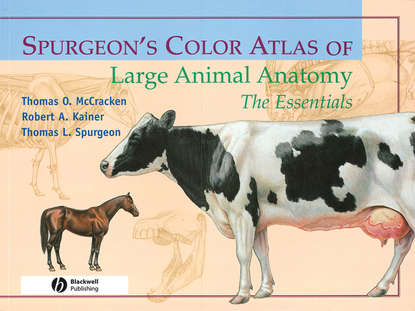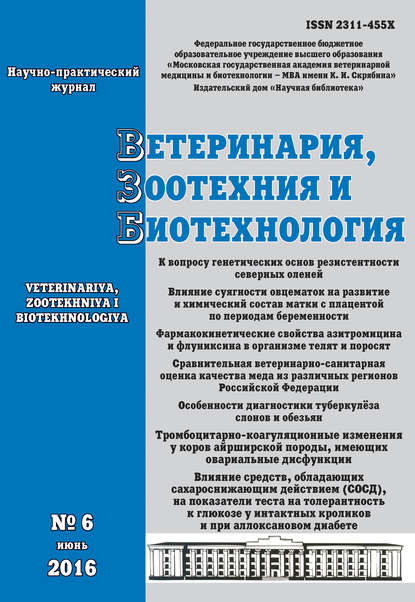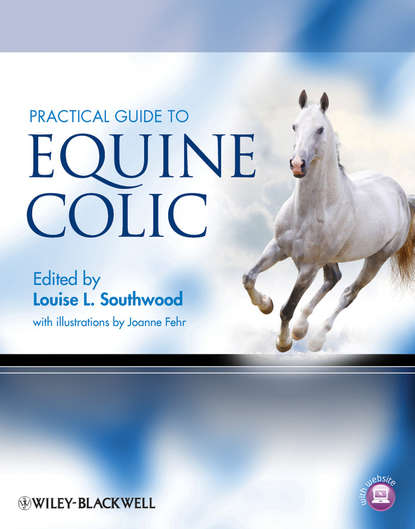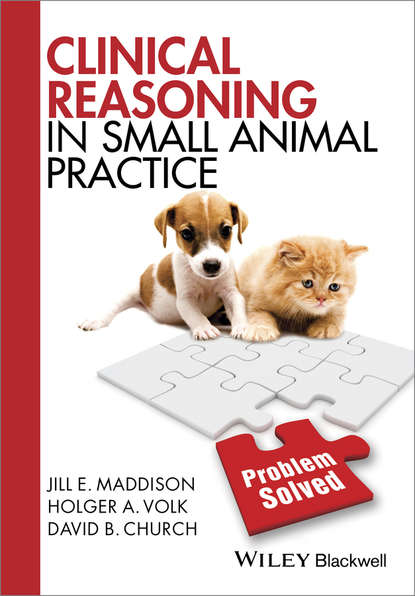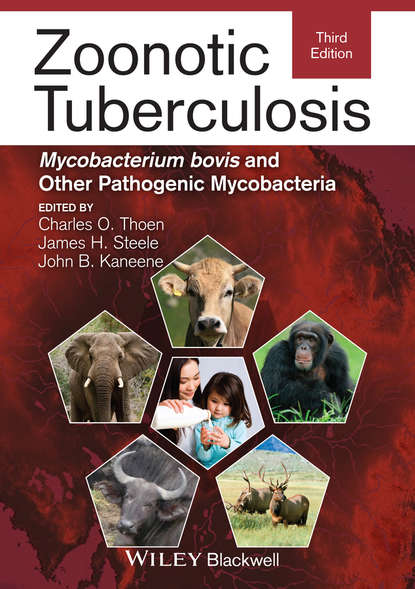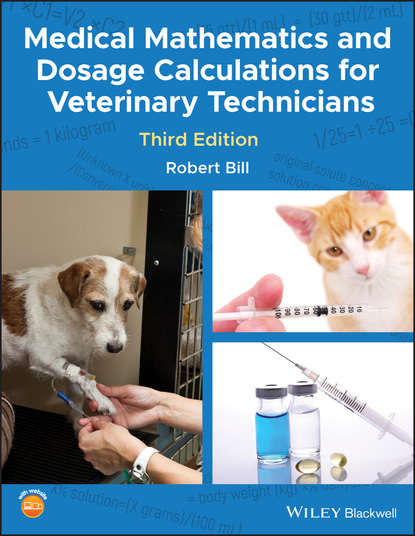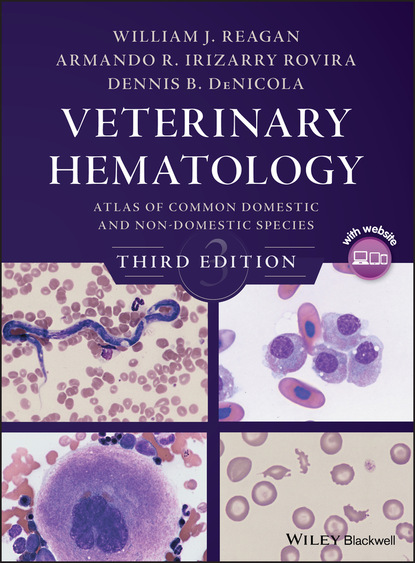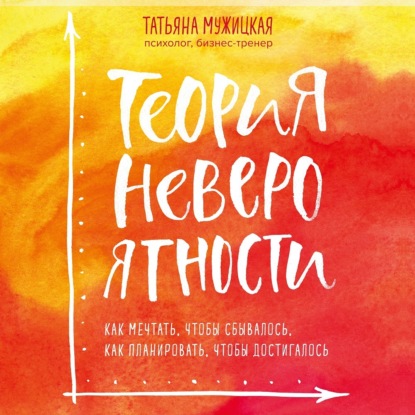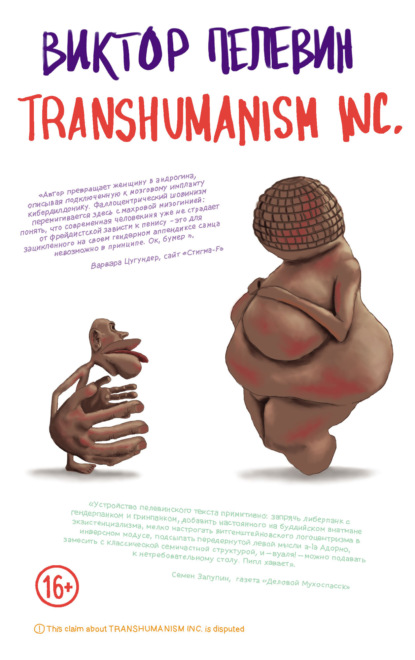Книга “Spurgeon’s Color Atlas of Large Animal Anatomies” Томаса МакКракена О. представляет собой новый ресурс, который обеспечивает базовые знания в области анатомии домашних животных крупных пород. Уникальная организация включает в себя анатомию всех систем органов у разных видов, описанную согласованным образом. В книге представлена соответствующая анатомия следующих видов животных: Лошадь (с участием доктора Гейл Троттер), Бык (с участием д-ра Фран Гарри), Овцы и козы (с участием д-ра Джоан Боуэн), Лама и альпака (с участием д-ра ЛаРу Джонсон), Свинья (с участием ЛаРу Джонсона) и курица (с участием врача Джона Авенса). Особенности, которые помогают понять: Тщательно отобранные ярлыки помогают студентам учиться и запоминать структуры и отношения. Мужчины и женщины одного вида изображены на противоположных страницах, чтобы топографическая анатомия была легко сравниваемой. Структуры, общие для различных видов животных, также представлены в соответствии с их особенностями. Благодаря своей исключительной точности и прекрасным оригинальным рисункам, эта книга станет незаменимым ресурсом для студентов и практиков, изучающих анатомию домашних животных.
Электронная Книга «Spurgeon's Color Atlas of Large Animal Anatomy» написана автором Thomas McCracken O. в году.
Минимальный возраст читателя: 0
Язык: Английский
ISBN: 9781118686003
Описание книги от Thomas McCracken O.
Extraordinary accuracy and beautiful original artwork are just two features readers will find in this new resource, providing a basic foundation in domestic large animal anatomy. Its unique organization includes the anatomy of all organ systems in the various species, described in a consistent manner. The book presents relevant anatomy of the following species: Horse (with contributors by Dr. Gayle Trotter) Ox (with contributions by Dr. Fran Garry) Sheep and goat (with contributions by Dr. Joan Bowen) Llama and alpaca (with contributions by Dr. LaRue Johnson) Swine (with contributions by Dr. LaRue Johnson) and chicken (with contributions by Dr. John Avens). Features that enhance understanding: Carefully selected labeling helps students learn and remember structures and relationships. Male and female of a given species are depicted on facing pages so that topographic anatomy is easy to compare. Structures common to various animals are labeled several times, whereas unique structrur5es are labeled only on one or two species so students can make rapid distinctions of the structures peculiar to certain animals. An introduction provides readers with a background in nomenclature and anatomic orientation so they can benefit from the atlas even if they lack training in anatomy. The Atlas depicts topographic relationships of major organs in a simple, yet technically accurate presentation that's free of extraneous detail so that those using the atlas can concentrate on the essential aspects of anatomy.
